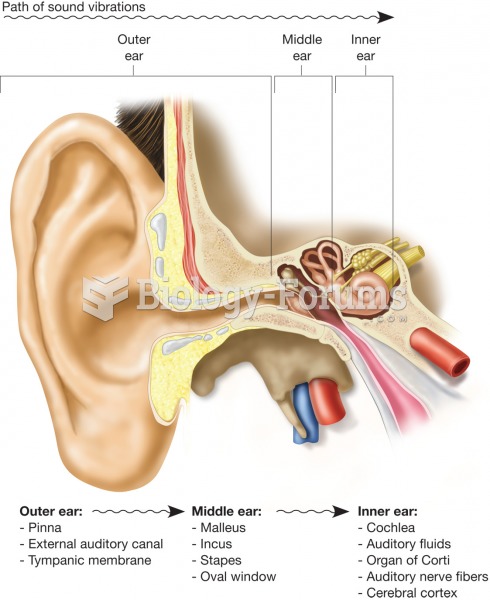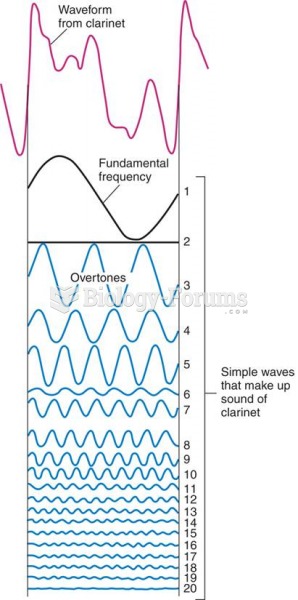Answer to Question 1
B. World Wide Web
Answer to Question 2
Focus on content. Although creative thinking can be taught and supported through lesson content or as lesson content, effective creative tasks are based on students' understanding of subject-area concepts.
Emphasize divergent thinking. This means that the task should encourage thinking that is out of the norm and goes in many different ways, rather than the typical convergent thinking, which emphasizes working quickly to get to the right answer and is typically used for information learning.
Incorporate creativity strategies. Tasks that ask students to be creative can include one or more of these strategies:
Combine. Blend two things that do not usually go together.
Rearrange. Try different sequences or layouts. Change parts with other things. Sort it differently.
Adapt. Look at other ways this can be used.
Reverse. Turn it upside down, inside out, front-side back. Change black to white and white to black. Choose the opposite.
Substitute. Find something else that could be a part of this or could do what this does.
Modify. Change the meaning, purpose, color, movement, sound, smell, form or shape.
Magnify. Enlarge the size, the duration, the frequency; make smaller pieces into bigger segments.
Minimize. Decrease the size or strength; break it down into smaller pieces.
These strategies can be used individually or with each other.
Engage students. Student engagement is also essential for tasks in which students are expected to think creatively. Typically, teachers can facilitate student engagement by using authentic content that students understand applies to their lives.
Employ informational rather than controlling feedback. Informational feedback helps students to understand how their audience understands their work and what the strengths and weaknesses of their work are so that they can continue to assess themselves. Controlling feedback, which evaluates only how well students did compared to other students or to their previous work, can be threatening and disengaging for students.







